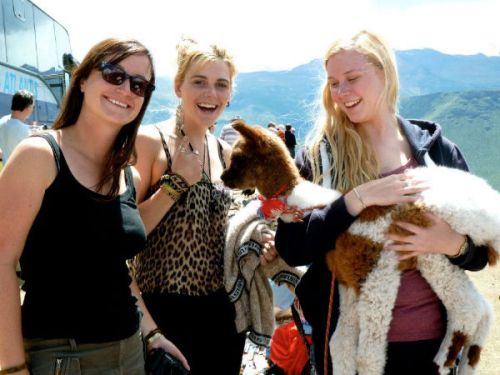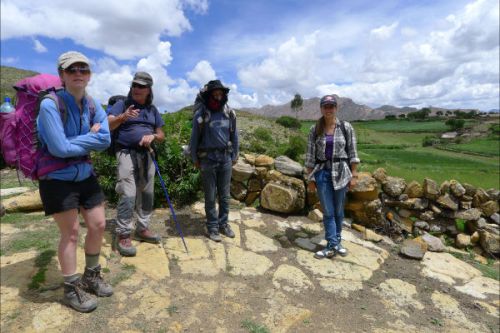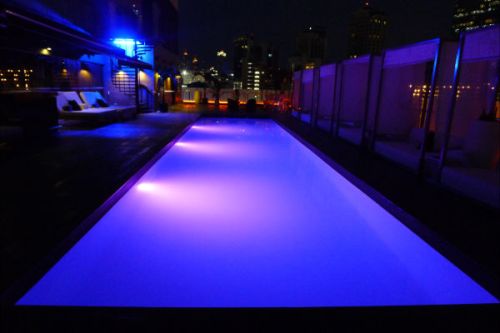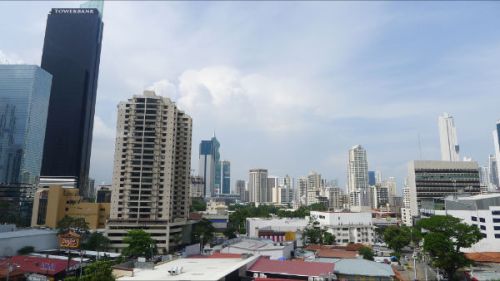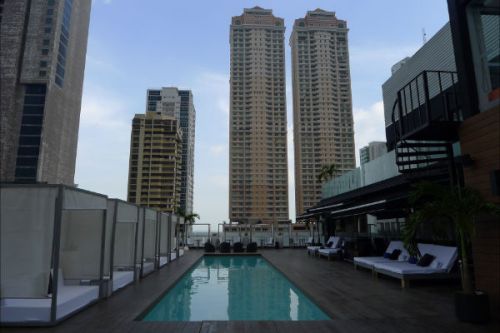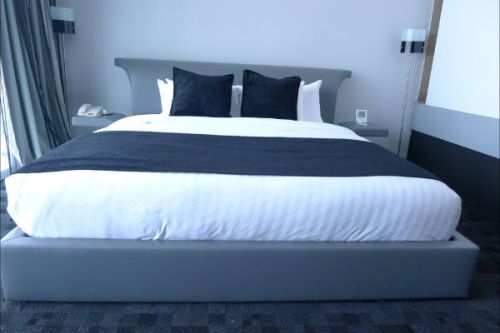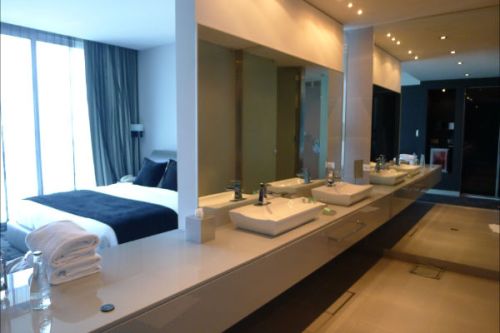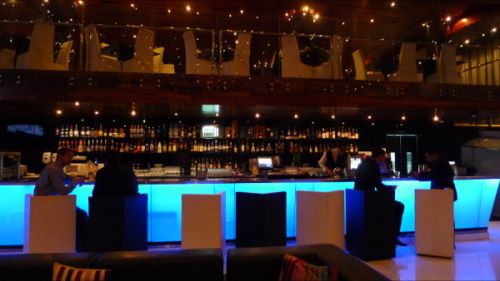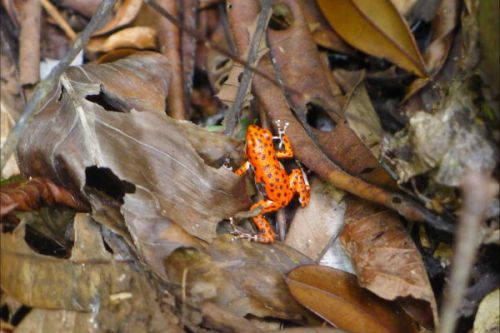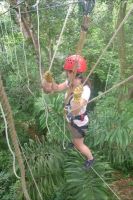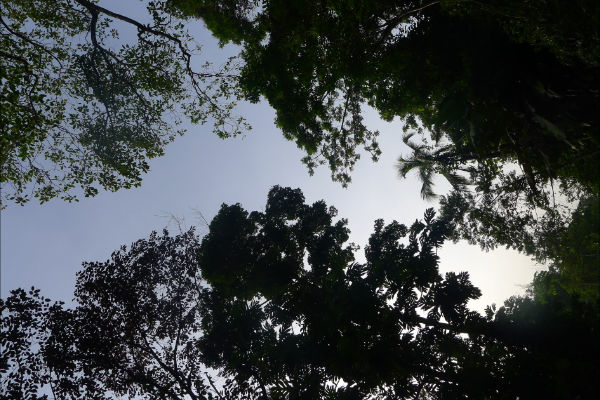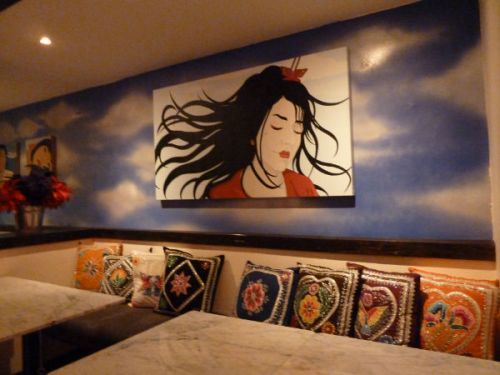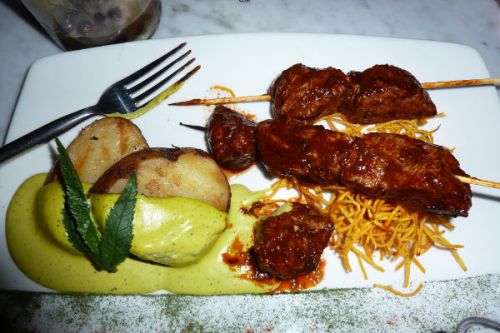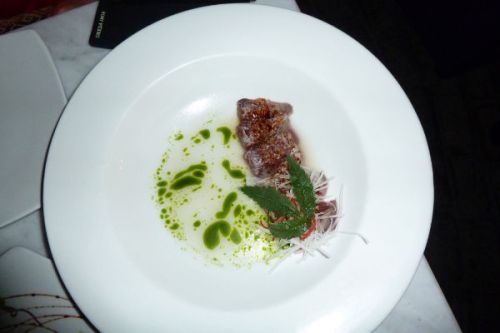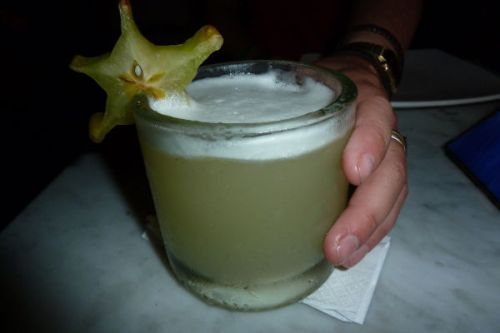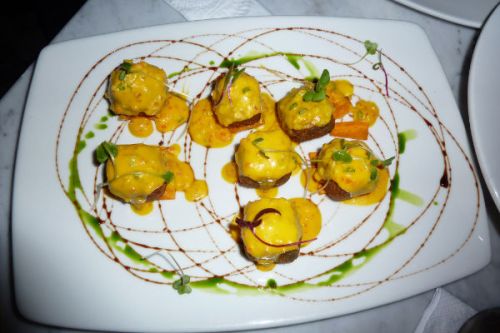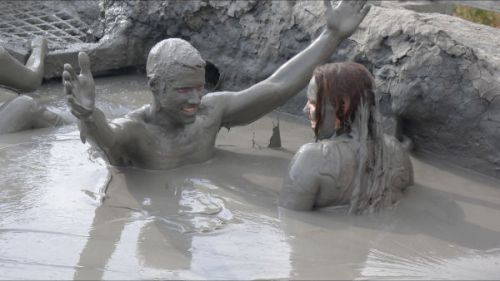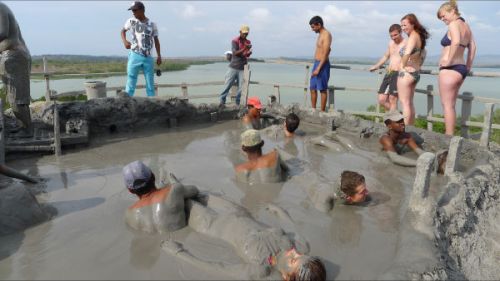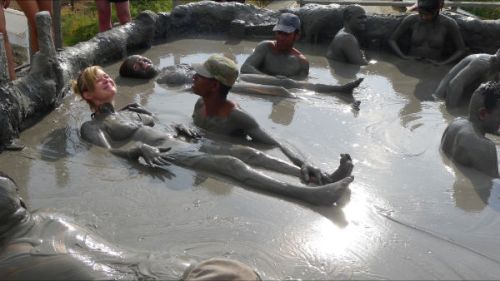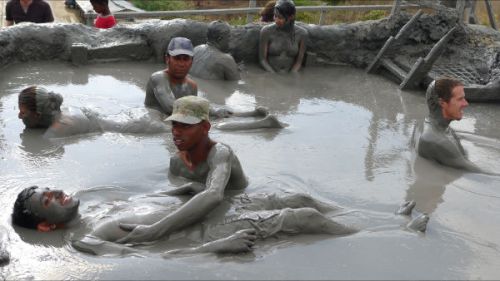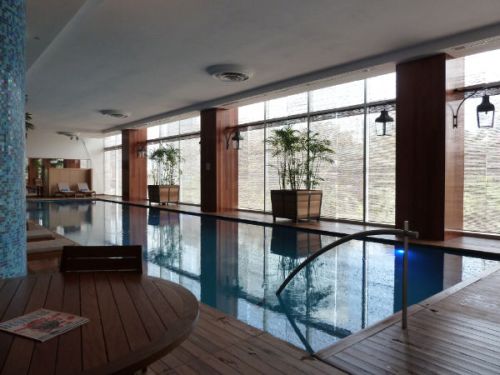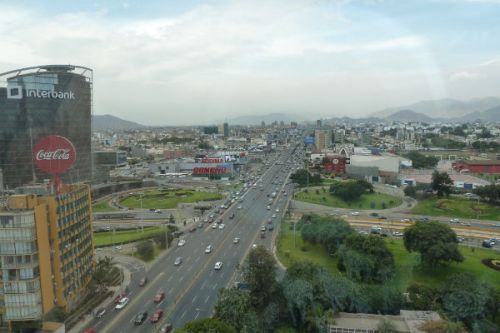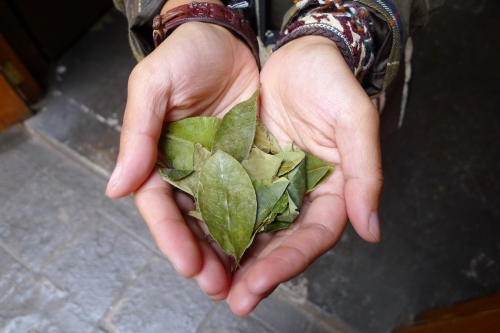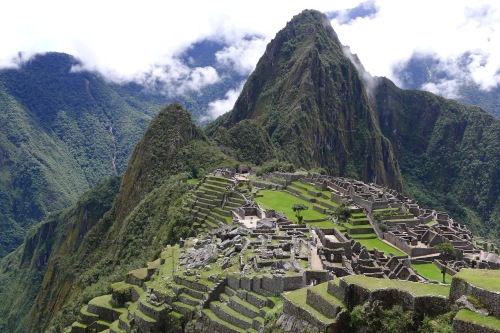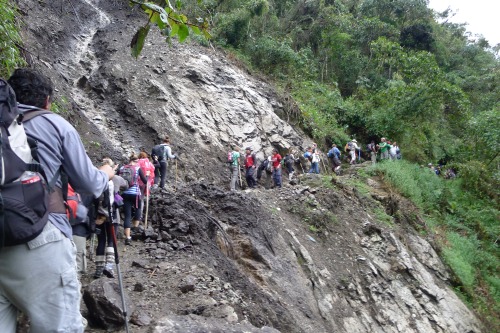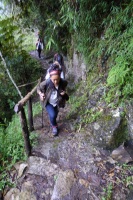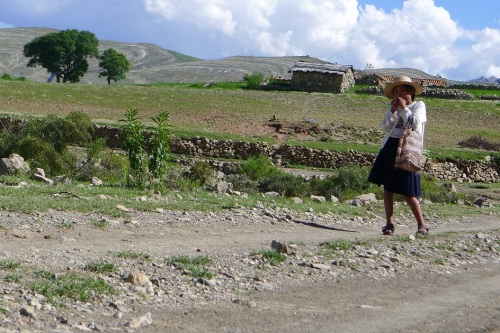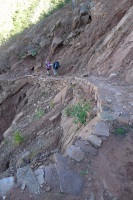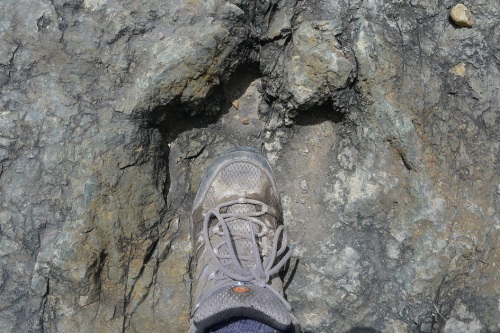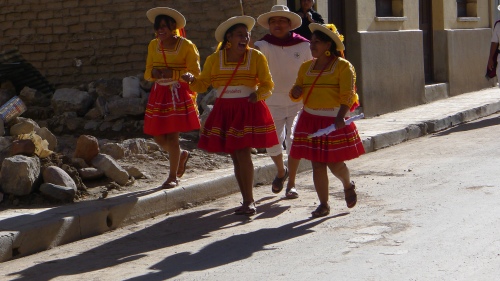Travel Advice for Latin America
While on the road, there’s nothing better than a bit of advice from fellow travellers. The people you meet may have varying standards, views and expectations, but their comments can be invaluable.
Travelling through Latin America is virtually impossible without coming across a travel delays, demonstrations, or bouts of crazy weather. Most people are armed with a guidebook of some sort, but this just isn’t enough. A guy who has seen the city for himself just the day before will have a fresher take on things, and the couple that just crossed the border from the other direction will have relevant information.
As a seasoned traveller and terrible gossip, I picked up plenty of tidbits along the way. Here are some of the best ones:
Venezuela: Proceed with Caution
Beautiful beaches, untouched landscapes and amazing adventures lie in wait. But this turbulent country is usually the scene of extreme travellers’ scare stories. As much as they relish in telling people about hold-ups, violence and victimisation, it’s actually putting a lot of people off.
One girl told me her entire bus was forced to strip down to their underwear so armed bandits could take all their valuables without being tricked by concealed pockets and money belts. Not good.
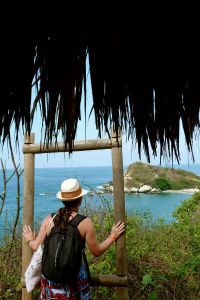 Columbia: The Backpackers’ Favourite
Columbia: The Backpackers’ Favourite
This colourful country used to be the setting for travellers’ horror stories, but nowadays it’s a must-see on every itinerary. Those who skipped it were kicking themselves for being wimps. In the flesh, it’s a calm and welcoming place with enough edginess to keep the backpackers coming.
It was the star of most people’s trips and a standout favourite with almost everyone I spoke to. Whether they had hiked in the coffee regions, partied in the cities or swum in the Caribbean, they were hooked.
Bolivia: The Surprise Stand-out
Peru’s little sister and lacking a beach, Bolivia is forgotten all too often. Overlanders pass through not knowing what to expect, and are bombarded with tantalising sights, sounds and smells. It really is another world.
Fiercely traditional and with a rich culture, it’s both fascinating and authentic. It’s also the best place to explore the Amazon on a budget.
Argentineans Just Want to Dance
People who stay up late to watch Newsnight are often worried about the British/ Argentine situation. It’s probably not a good idea to make Malvinas t-shirts, but generally, people couldn’t care less if you were British.
To test the water, I tried to strike up polite conversation about it in a bar with some Argentinean friends. It was as if I had started discussing trigonometry. They knew it existed, but it bored them immensely. Impossibly cool, one well-dressed man stood up and took my hand. “Let’s decide this on the dancefloor,” he purred.
Too Many Theft Stories from Ecuador
By far the most common crime against tourists was pick-pocketing. Quito and certain areas of Buenos Aires were the main offenders, with one (albeit slightly inebriated) guy even proclaiming that if you haven’t been robbed, you haven’t been to Quito.
Plenty of people had wallets and iPods lifted from back pockets. Many had resorted to putting little padlocks on backpacks or actually carrying a fake wallet with old credit cards to trick would-be thieves. My favourite complaint came from a Canadian guy who had his fake wallet stolen: “It’s just annoying, because now I have to make up another one.” Missing the point, perhaps?
Cath Millman
